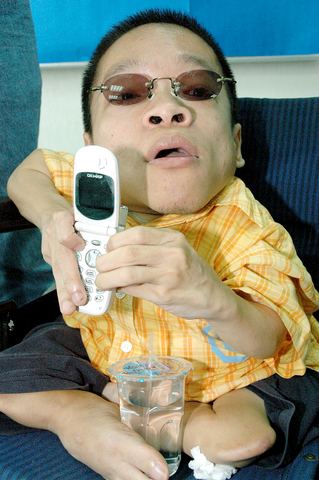Everybody wants to spend their time effectively. Spending a lot of time in a gym could not be so effectively as you want to. Here are small tips which will improve your gym workouts:
- Limit your workouts to 40 minutes. Though the tendency of some people who really want to get a lot out of their workouts is to spend a lot of time at the gym, the truth is that after 30 or 40 minutes, the benefit isn’t as great. It’s better to work out at a higher intensity for a shorter amount of time. If you still think that you need a lot of workouts split them. Go to the gym 5 days a week.
- Water. Be sure to drink a lot of water throughout the day. It takes a couple of hours for your body to absorb it, so you can’t just drink right before exercise. Make it a habit to drink water regularly throughout the day.
- Slow lifting. Many people contract their muscles slowly and then release more quickly. But if you lift slowly in both directions, you are maximizing each move. Lift and lower to a 5-second count in each direction. Making exercises slow really give much more effect.
- Heavier weight. When you’re starting out, it’s best to start with lower weights so you can focus on good form. But once you’ve gotten your form down, it’s best to lift the heaviest weights you can lift while still keeping good form. Don’t sacrifice form for heavy weights — that is ineffective. But heavy weights, with good form, can give you better results in a shorter amount of time. Heavy weights are not just for those who want to bulk up — that’s a common misconception. So your set could looks like a stairs.
- Pick a cardio exercise you enjoy. It’s no fun to exercise if you hate it. And you won’t keep it up for very long. Pick something that’s fun — running, walking, swimming, biking, hiking, rowing, stairmaster, etc. After the initial phase when you’re getting used to exercise, you’ll start to have a blast and look forward to it.
- Mix it up. Don’t stick to the same workout routine for too long, or your body will adjust to the stress level and you won’t be getting an effective workout. For strength training, change your routine every few weeks. Or even change routines every week. For cardio, it’s best to cross train rather than, say, to run every time.
- Shake before and after workout. It’s best to take a protein/carb shake just before your workout and then just after. Taking it before your workout increases the flow of amino acids to your muscles during training, giving them the building blocks they need. After the workout, the shake stimulates muscle growth. Also take a small protein/carb meal 60-90 minutes after a workout — a meal replacement bar would work fine.







 Make a list of your eating habits and review them honestly. It’s good to know how well your eating is. If you come up with some more tips for better eating habits, which I’m sure you will, please share them with us in the comments section.
Make a list of your eating habits and review them honestly. It’s good to know how well your eating is. If you come up with some more tips for better eating habits, which I’m sure you will, please share them with us in the comments section.

